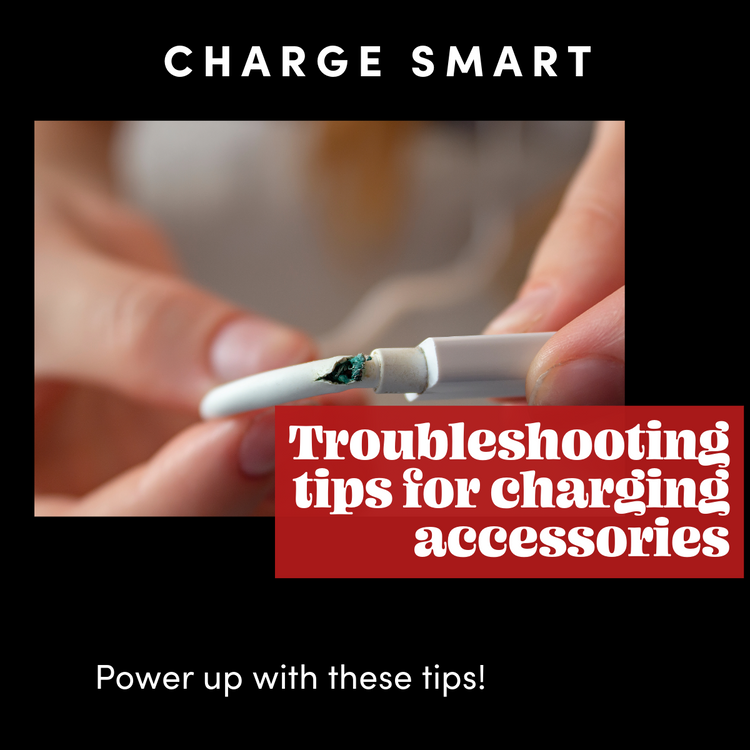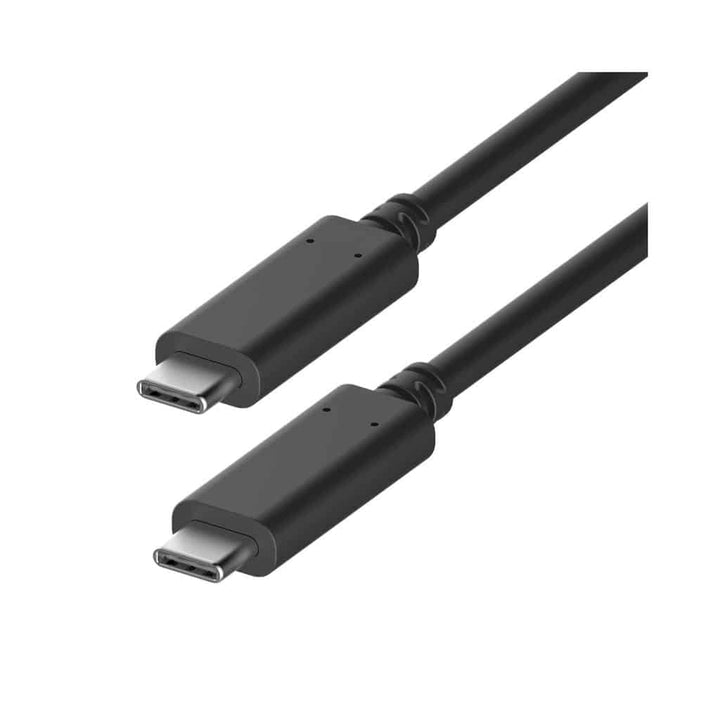How to Troubleshoot Common Issues with Charging Accessories

Charging accessories are vital in our daily lives, powering everything from smartphones and laptops to tablets and wearables. When these essential tools stop working as expected, frustration can quickly set in. However, many common issues with chargers and cables can be easily identified and resolved without professional help. Here’s a step-by-step guide to troubleshooting common charging accessory problems.
1. Inspect the Cable for Damage

Physical wear and tear are among the most common reasons for charging issues. Carefully check the cable for frayed ends, cuts, or bent connectors. Even minor damage can disrupt the power flow or make the accessory unsafe to use. If you notice any visible damage, it’s time to replace the cable. Using a high-quality, durable charging cable, like those from 4XEM, can prevent future issues.
Solution:
Invest in cables with reinforced ends and premium materials to ensure long-term reliability.
2. Check the Power Source
Before blaming the charging accessory, ensure the power source is functioning correctly. Wall outlets, power strips, and USB ports can sometimes fail to deliver adequate power. Try plugging your charger into a different outlet or testing another device with the same source to verify if it’s working.
Solution:
If the outlet is faulty, switch to a different power source or check your home’s electrical system.
3. Test with Another Device
Sometimes, the issue might not be with the charging accessory but with the device you’re trying to charge. A faulty charging port on your smartphone or laptop can mimic charger issues. Test the same charger with a different device to determine where the problem lies.
Solution:
If the charger works with another device, the original device may need repair.
Reseller? Sign Up for Our Newsletter!
4. Clean the Charging Ports
Dust and debris can accumulate in charging ports over time, preventing a proper connection. This issue is especially common with smartphones and laptops. Use a flashlight to inspect the port and carefully remove any debris with a toothpick, compressed air, or a soft brush.
Solution:
Regularly clean charging ports to prevent blockages.
5. Check for Compatibility Issues
Using chargers or cables that aren’t compatible with your device can lead to poor performance or no charging at all. For example, some devices require higher wattage or specific cable standards like USB-C Power Delivery. Ensure your accessories match your device’s specifications.
Solution:
Use certified charging accessories designed for your device, such as 4XEM’s wide range of chargers and cables.
6. Update or Reset Your Device

In some cases, software glitches can interfere with the charging process. Devices with outdated firmware may fail to recognize chargers properly. Perform a software update or restart the device to resolve potential glitches.
Solution:
Ensure your device’s software is up-to-date to avoid compatibility issues.
7. Replace Worn-Out Chargers
Over time, charging bricks and cables can degrade, leading to slower or inconsistent charging. If your accessory is old and showing signs of wear, it’s best to replace it with a reliable option.
Solution:
Choose durable, high-performance chargers from trusted brands like 4XEM.
Charging issues can be inconvenient, but with a little troubleshooting, many problems can be resolved at home. Regular maintenance, using compatible accessories, and investing in quality products are the best ways to avoid charging hiccups. For durable and reliable charging solutions, explore 4XEM’s range of premium cables, adapters, and chargers. Stay powered and connected!




